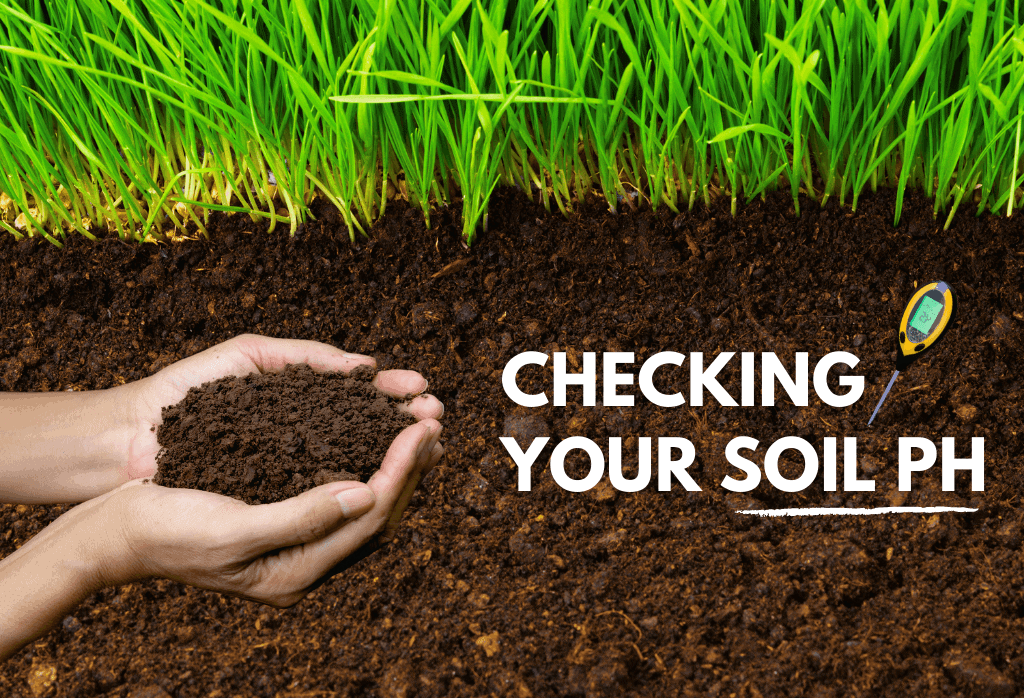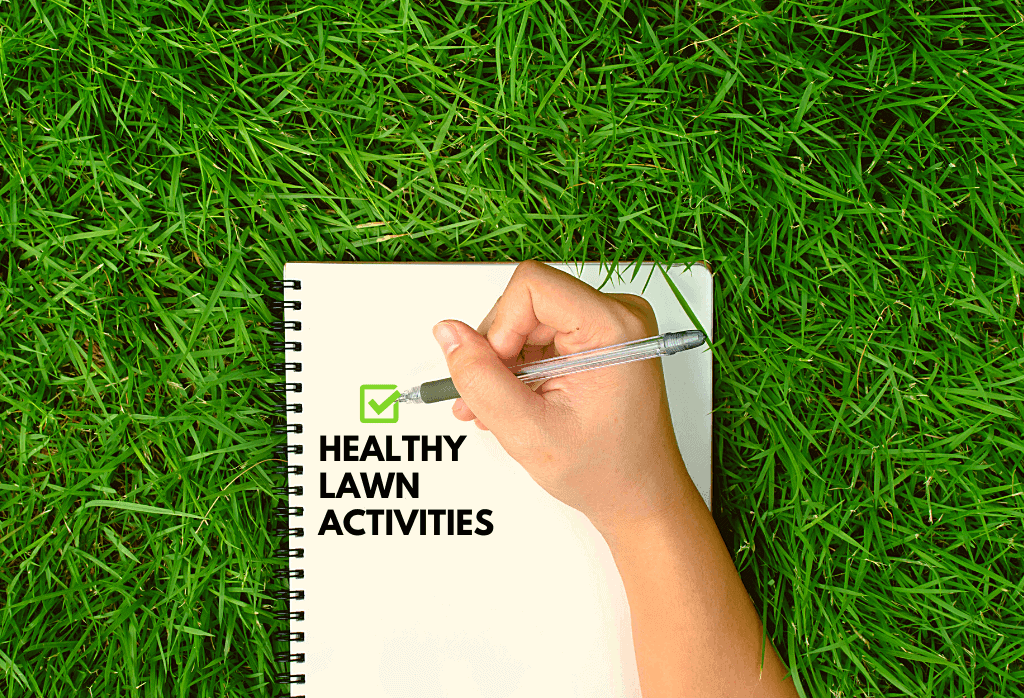Essential Tips For A Healthy Lawn This Fall
Having a really healthy lawn means building a turf area that will support all sorts of family recreational activities.
It starts with healthy soil. Checking the pH, or the acid or alkalinity level in your lawn could open your eyes, providing important recommendations on fertilizer and soil amendment treatments. With healthy soil, one that serves to adequately anchor grassroots and allow for air, water, and fertilizers to reach grassroots, where they are taken up by the plant, you have laid the foundation of a healthy lawn.
Next, it’s important to select the most appropriate grass variety for your lawn. Important considerations include the amount of sunlight each day during the growing season, adequate air circulation across the lawn, and lawn use. Is it a ‘picture lawn’ or one that should not only look great but also tolerate foot and equipment traffic from play? There is an appropriate variety for each use.



You need a lawn care plan, including fertilization scheduling, providing enough water to support optimum plant growth in lieu of rainfall, and an awareness of any emerging pest problems that could damage the lawn. Of course, knowing how to manage pests is one of the most important lawn care considerations; because at some point, your lawn will have pests. So, is it reasonable to have and maintain a healthy lawn? One that adds oxygen to the air we breathe, filters impurities from the air, and cools the surrounding area? Absolutely!
If this all makes sense and you’d like to build your great American lawn, check us out today! Meanwhile, to help with the decision-making process, click here to review the EPA pamphlet on “Healthy Lawn Activities”. Good luck!



Join Our Free Lawn Care Newsletter
Stay Up to Date With The Latest News & Updates
* We don’t share your info with anyone ever.




